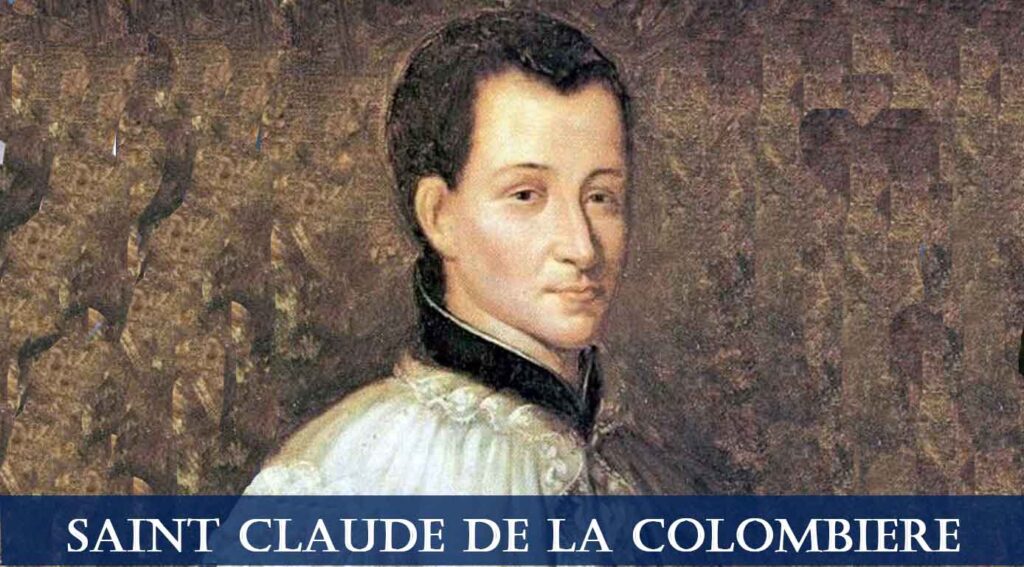1174–1243; Patron Saint of brides, widows, duchesses, those whose children have died, and difficult marriages; Invoked against jealousy; Canonized by Pope Clement IV on March 26, 1267
Hedwig of Andechs, later known as Hedwig of Silesia, was born at Andechs Castle in the Duchy of Bavaria within the Holy Roman Empire, in what is modern-day Germany. She was the daughter of Berthold IV, Count of Andechs and later Duke of Merania and Margrave of Istria and Carniola, and his wife, Agnes. Hedwig had at least six siblings who led influential lives: Ekbert became the Bishop of Bamberg; Berthold became the Archbishop of Kalocsa and Patriarch of Aquileia; Otto I became Duke of Merania and Margrave of Istria and Carniola; Agnes became Queen of France; Matilda became the abbess of the Benedictine Abbey of Kitzingen; and Gertrude became Queen of Hungary. Gertrude’s daughter and Hedwig’s niece was Saint Elizabeth of Hungary.
Raised by noble and faith-filled parents, Hedwig received a cultured and pious upbringing, along with an excellent education. Her early education might have taken place at the Benedictine Abbey of Kitzingen, where her sister would later become abbess. The Catholic faith was central to her family’s life, making her devout from a young age. Around the age of twelve, Hedwig married Henry I the Bearded, Duke of Silesia, thereby becoming the Duchess of Silesia. Their marriage was a political arrangement to form an alliance between two powerful ruling families. Silesia, in modern-day Poland, was almost 500 miles from Hedwig’s hometown of Andechs, which is in modern-day Germany.
Duke Henry and Duchess Hedwig were both deeply faithful. They had at least seven children together, four of whom survived to adulthood. Understanding well that the Church and state needed to be united, they used their authority and wealth primarily for advancing the Gospel, particularly through charitable works. They not only governed their lands effectively but also built hospitals and monasteries, lived out their Catholic faith, cared for the poor, led a life of daily prayer, and centered their primary mission around sharing the love of Christ with everyone.
After their seventh child was born, Henry and Hedwig took mutual vows of chastity in the presence of the local bishop to more fully devote themselves to the service of the Church. Hedwig moved close to a convent they had founded in Trebnitz, in present-day Wrocław, Poland. Hedwig’s faith and charity continued to blossom. She engaged in severe penances, cared for the poor, visited prisoners, and even washed the feet of lepers on Holy Thursday. She attended Mass daily and took joy in supplying bread and wine for the Eucharist. One of her greatest joys was caring for monasteries, including supplying them with food and clothing.
In 1238, when Hedwig was sixty-four, her husband Henry died. Her son, Henry II the Pious, succeeded his father as Duke of Silesia. Hedwig chose to spend her later years in greater solitude at the monastery in Trebnitz where her daughter was abbess. She did not take formal vows but lived as a lay sister, giving her the freedom to continue her abundant charitable works.
Hedwig died five years after her husband and was buried next to him in the Cistercian monastery of Trzebnica. She was canonized twenty-four years after her death. During the canonization ceremony, it is said that Pope Clement IV called upon her intercession for the cure of a blind girl, and the cure was immediate.
As we honor this holy woman, we are reminded that earthly wealth and power do not have to be obstacles to a deep love of God. Saint Hedwig shows us that our greatest temptations can also be the things that draw us closer to God if used rightly. As Jesus said, “Again I say to you, it is easier for a camel to pass through the eye of a needle than for one who is rich to enter the kingdom of God” (Matthew 19:24). Saint Hedwig is among those who were both rich and powerful, yet entered through that eye of the needle and achieved great holiness. Ponder your own temptations in life. You might not have power or wealth to tempt you, but whatever it is, God can use every good thing and every cross we carry as a means of greater holiness. Allow Saint Hedwig to inspire you by her example.
Source: https://mycatholic.life/saints/saints-of-the-liturgical-year/october-17–st-hedwige/








